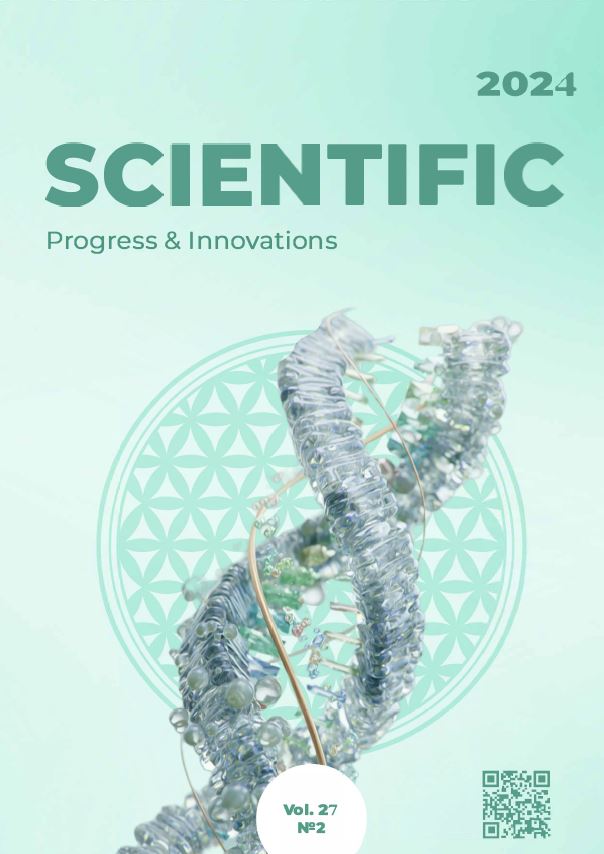Plasma activated water in plant growth and development
DOI:
https://doi.org/10.31210/spi2024.27.02.27Keywords:
nitrogen fertilizers, plasma nitrogen fixation, electric discharge, plasma module, plasma treatment, water-bubble mixtureAbstract
and many other processes that support life on the planet. Although the most important method of nitrogen fixation is the Haber-Bosch process, it requires non-renewable raw materials and poses serious environmental and production problems. Typical gas-phase plasma fusions, starting with the Birkeland-Eide and Pauling processes, are characterized by low conversion rates and low energy efficiency. Plasma-liquid interaction is emerging as an attractive technology for the conversion of N2 to NOx with high added value. Plasma gas-liquid nitrogen fixation at atmospheric pressure is a very promising alternative to traditional nitrogen fixation, since nitrogen fertilizer is produced by extracting nitrogen from the atmosphere and does not require non-renewable raw materials and is easily available for absorption by plants. The purpose of this study is to elucidate the feasibility of efficient production of liquid nitrogen fertilizers using hybrid electrical discharge in bubble water. The work proposes a new hybrid arc plasma system that combines equilibrium and nonequilibrium plasma in its operation, and operates in a mixture of air and water, for the direct production of NOx. The new plasma-chemical process is implemented in a plasma module with an electric-arc plasmatron and a pulsating combustion mode of an electric discharge in an aqueous solution. An electric discharge in the plasma module burns along the surface of air bubbles in the water. Electric discharge power supply systems are built on the basis of resonant inverters with a power of up to 20 kW at a frequency of 5–100 kHz. The work examined the efficiency of NOx production in a wide range of discharge current ratios – up to 15 A at a power of up to 10 kW, output gases (air and nitrogen flow rate – up to 2 m3/h) for a hybrid arc operation mode. It has been determined that the optimal discharge form is ensured at a breakdown voltage of 3000 V and a current amplitude of 14 A, where at each pulse a breakdown of the discharge gap occurs, followed by a transition to a hybrid form with two zones – thermal and non-thermal plasma. In water purged with air and nitrogen and treated with a pulsed discharge, strong acidification occurs with the formation of reactive forms of nitrogen. The main products are NO2– and NO3–, as well as small amounts of H2O2. It has been determined that when the arc operates in a steady state, record values of the specific concentration of NOx are achieved. In this case, the specific yield of plasma-fixed nitrogen increases faster than the consumed electrical power. The main factor in increasing the efficiency of the process is the discharge current – nitrogen fixation in water increases faster than the current amplitude level. Plasma-water nitrogen fixation technology makes it possible to implement small- and medium-scale systems for the production of liquid nitrogen fertilizers directly at the point of application by small farms and eliminates the difficulties associated with transportation and environmental protection. The emergence of cheap renewable electricity will facilitate the development of technology.

 Creative Commons Attribution 4.0 International Licens
Creative Commons Attribution 4.0 International Licens